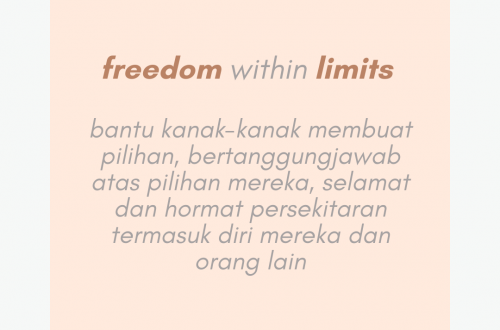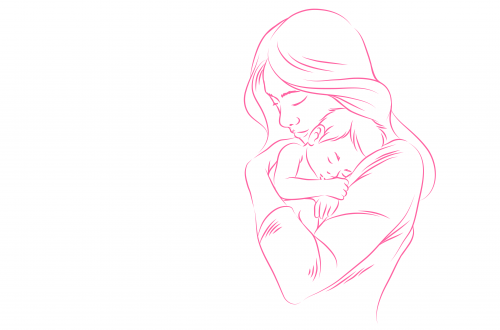Practical Life
Saya suka explanation Practical Life di sini:
Practical: means basic, useful, purposeful
Life: means the way of living.Practical life Exercises are just that, they are Exercises so the child can learn how to do living activities in a purposeful way.
Dari Maitrilearning:
“Remember that the child’s nature is non-utilitarian at this age. This means they do things just for the sake of doing them; they do not necessarily work towards a larger goal. For example, many young children love the challenge of carrying a bowlful of water across the room without spilling a drop. They don’t need to deliver the bowl to anyone. They are just happy to carry it back and forth across the room! It is this unique nature of the young child that we must take advantage of by offering preliminary exercises that prepare them for the larger tasks ahead.”
Latihan practical life ni pelbagai ikut budaya masing-masing. Jadi, perlu cipta kurikulum praktikal yang akan membantu kanak-kanak bila mereka menghadapi situasi-situasi dalam budaya kontemporari mereka. Contoh, walaupun aktiviti-aktiviti tu universal contohnya basuh meja (salah satu aktiviti Practical Life Montessori) dan skill ni (staying hygiene) perlu walaupun di negara mana pun kita berada, secara amnya ianya bermula dari kiri ke kanan (dan kebanyakan aktiviti Montessori begitu) tujuannya untuk biasakan kanak-kanak dengan penulisan yang kebanyakannya bermula dari kiri ke kanan. Tetapi untuk saya sendiri, saya akan mulakan dengan kanan, kerana ianya sunnah, mulakan apa-apa dari arah kanan. Jadi untuk practical life ni, boleh disesuaikan dengan cara agama dan budaya kita.
5 kategori dalam Practical Life:
- Latihan Awalan (Preliminary Exercises)
- Task-task kecil yang kemudian bergabung jadi task besar contoh; sebelum kanak-kanak diharapkan pakai smock sebelum melukis, kanak-kanak perlu dulu belajar memakai, membuka dan menyimpan smock. Aktiviti ni dibuat berasingan dan tiada kaitan dengan melukis. Contoh lain: cara guna sinki, cara basahkan dan wring sponge, cara bawa buku, cara buka buku, cara guna clothespin, etc.
- Penjagaan Diri (Care of the Self)
- Aktiviti-aktiviti untuk memenuhi keperluan penjagaan diri sendiri sepanjang hari. Kritikal untuk bina keyakinan diri contoh: butang, zip, tying, lacing, basuh tangan, basuh muka, sediakan makanan, cara guna pisau, spread jam, potong buah-buah, menjahit.
- Penjagaan Persekitaran (Care of the Environment)
- Aktiviti-aktiviti menghubungkan kanak-kanak dengan alam persekitarannya dan membina tanggungjawab terhadap persekitarannya. Aktiviti-aktiviti ni membentuk rasa seronok, bangga dan gembira dalam bukan sahaja terhadap kebersihan, juga terhadap kecantikan dan semua elemen yang ada dalam ruang manusia (contoh tumbuhan, haiwan pelihara)
- Contoh: dusting, sweeping, folding, washing table, washing cloths, ironing, setting a table, polishing, caring for pets, caring for plants, flower arranging.
- Control of Movement
- Dengan pergerakanlah kanak-kanak boleh mengatur dan membina intelligence. Pergerakan tak boleh asingkan dengan higher cognitive skills, sebab intrinsically related (seperti minda dan badan).
- Contoh: Walking on line heel to toe, marching on a line, carrying a bowl of water across the room, wearing a blindfold and finding someone who is ringing a bell.
- Grace & Courtesy
- Menyesuaikan diri dengan budaya. Aktiviti-aktiviti membantu kanak-kanak supaya berkelakuan baik dalam apa jua situasi. Di ajar dengan let’s pretend / role plays, contoh bagaimana cara untuk minta tolong, mendapatkan / memanggil perhatian dengan sopan, bagaimana nak nyatakan excuse me, please, thank you and you’re welcome, minta giliran, menunggu giliran, bagaimana ajak main, menolak dengan sopan, apa perlu buat jika barang dirampas dll.
“When the trained guide creates a practical life exercise, the activity must:
- Aid the child to mastery of self—developing his movements to an intelligent end
- Be relevant for what happens in the child’s world today—current/contemporary
- Have a purposeful, intelligent reason (not just busy work)
- Be presented at the child’s level using real items that he will find in his own environment for their actual use (e.g., using a melon baller only to ball melons; using a strawberry huller only to hull strawberries)
- Require purposeful movement
- Lead to the refinement of gross and fine motor skills
- Be ordered and sequenced
- Allow for independence (the order will free them)
- Allow for both physical and mental functioning
- Correspond to the abilities of the group (ranging from easy to difficult to meet the needs of all children)
- Allow for repetition
- Encourage silence (which encourages concentration)
- Have points of interest (to maintain the child’s interest and allow them to stay with the work so they can develop their attention span); there are generally 2, 3 or 4 points of interest for each work”


